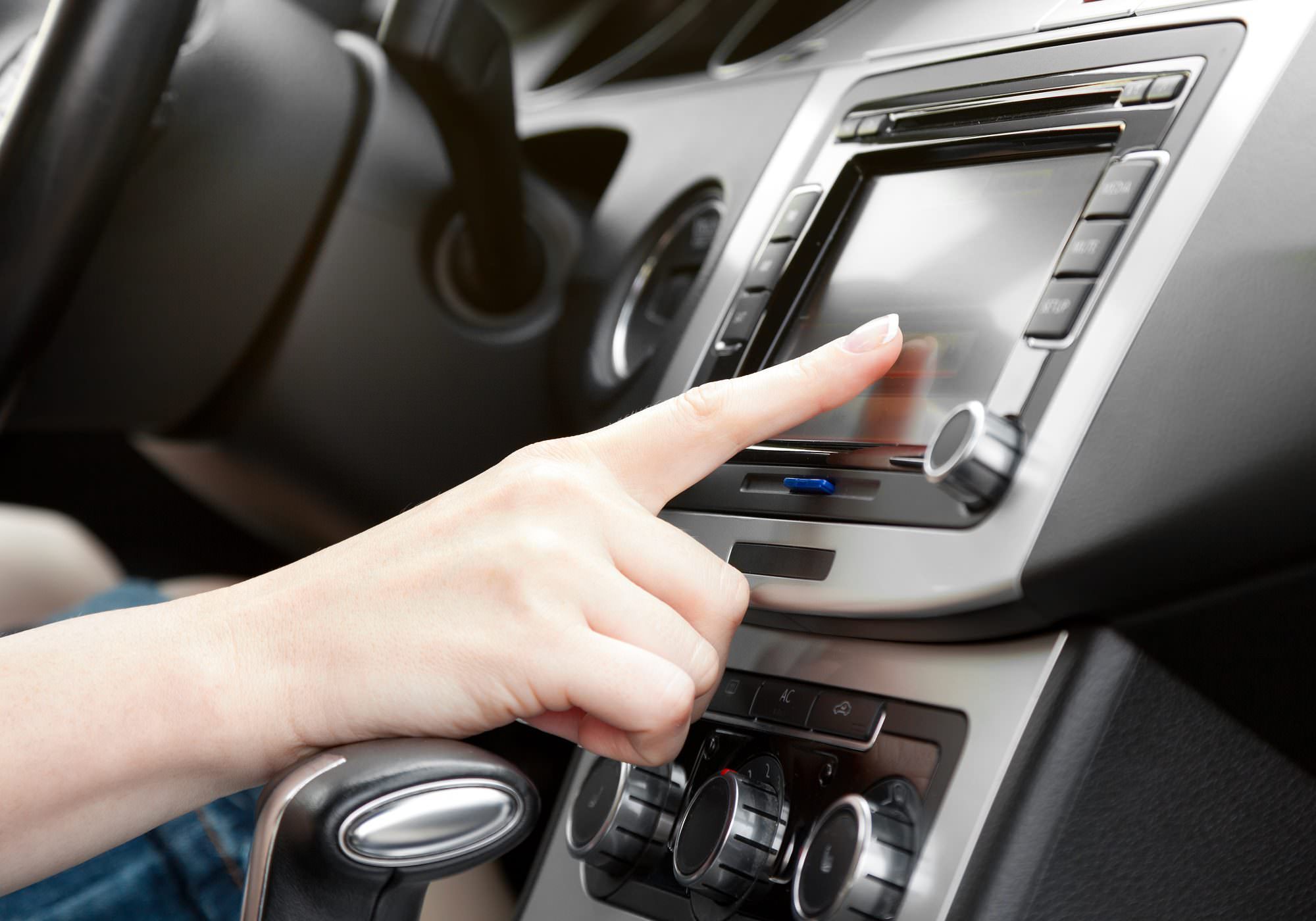Whether your car has an in-built sat nav, you have a removable device, or you use a mapping app on your phone, the invention of GPS has helped many people get from A to B without having to worry about knowing which way they are going. However, it can become too easy to rely on technology and forget to look where you are going.
The importance of satellite navigation devices has been highlighted by their usage potentially being included in future practical driving tests. As reported in the Guardian, proposed changes are being trialled this year.
To help you drive safely while using a sat nav, here are our top tips:
1 – Make sure your sat nav isn’t blocking your vision
According to the Highway Code, your windscreen must be kept clean and free from obstructions to vision. This means not sticking your sat nav directly in your line of sight. You don’t want to have to keep looking down or away from the road to glance at it though, so think carefully about where you put it. This talking point article on the BT website tells of a young driver who stuck their 10-inch iPad in their windscreen. Definitely not a good idea!
2 – Pay attention to road signs and the road ahead
Don’t blindly follow your sat nav’s instructions without taking heed of what you can see in front of you. If there’s a diversion sign, follow it. If the ‘road’ looks more like a private track over a field, avoid it. Don’t be like the lorry driver who got his fuel tanker wedged in a narrow lane for three days over Christmas because he was following his sat nav’s directions.
3 – Check the route before you set off
There are lots of towns and villages across the UK that have the same name. If you put the wrong destination in, that’s where your sat nav will take you. So if you’re headed to Richmond in London, double check your GPS isn’t going to take you to Richmond, North Yorkshire! Having an idea of the route in your head before you get going will give you a heads up if your sat nav starts pointing you in the wrong direction.
The AA found in a survey that only 14% of drivers trust their sat navs not to get them lost, and two thirds of motorists always carry a road atlas in their car when they’re not sure of the area.
4 – Only programme or adjust your sat nav while stationary
Trying to punch an address into your sat nav is distracting. Taking your eyes off the road for a few seconds could cause an accident. If you need to readjust your GPS device pull over to a safe place.
5- Turn up the volume
You don’t want to have to keep glancing at your sat nav. Make sure you can hear your sat nav so you can listen to instructions while concentrating on the road.
6 – Update your sat nav regularly
In a Which? blog that tells you how to update your sat nav, it states that “according to TomTom, roads change by up to 15% each year”. This is why it’s so important that you ensure your device has the most recent mapping. You don’t want to go the long way round because your sat nav doesn’t know about the new road that’s been built.
7 – Don’t attract thieves
Sat navs are a popular target for thieves. Putting your sat nav in the boot and leaving the mount and/or suction cup marks on the window isn’t good enough. These clues are like waving to a robber. Don’t leave any visible trace of your sat nav in the car and take the actual device with you.
8 – Use your common sense
It’s not the sat nav driving the car, it’s you. This means that if you commit an offence or have an accident, it’s your fault – not the sat nav’s. A GPS is supposed to be a driver aid, not a replacement for common sense.
